Japanese Kempo Arts
Kempo is a broad concept covering a lot of different martial arts and other disciplines. It often refers to martial arts that have an eclectic background (that is, combining multiple martial arts together) or some historical association with China. In the era between the Meiji Restoration (1868) and World War 2, Kempo was sometimes used to refer to martial arts that didn't come from the former samurai class. There are so many Kempo arts in Japan today that listing them all would need an encyclopedia. Many Kempo arts are also secretive. We've listed some of the more openly known arts and their precursors here, both historical and current.
The arts are introduced in the order in which they were introduced or founded in Japan.
Kagura 神楽 - before 712
Kagura are a wide variety of masked shamanistic dances that have been associated with Shinto shrines since before the beginnings of recorded history in Japan (which started with the Kojiki in 712). Some of the underlying principles of the Kagura have subsequently been incorporated into Kempo. Our own Mishima Kempo at mishimakempo.com is heavily based on Kagura principles.
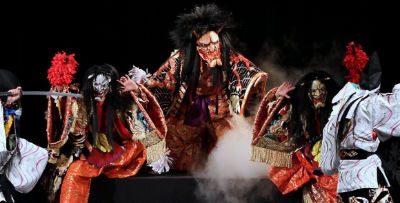
Shrine Sumo (Shinkozumo) 神事相撲 - before 712
Shrine Sumo, a.k.a. Sumai or Shinkozumo, has been associated with Shinto shrines since the very eariest times. It's ubiquity and fame in Japan has heavily influenced the development of Kempo for hundreds of years.

Shugenja 修験者 - c. 800
Shugenja are ascetic mystics and warriors of the syncretic Shugendo religion who have existed throughout Japanese history. In the Warring States period they fought on the same battlefields as the Samurai, and were instrumental in the military success and establishment of the Tokugawa government.
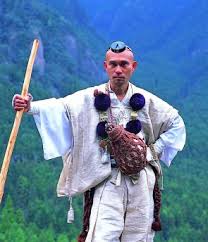
Ikko Ikki 一向一揆 - c. 1500
The Ikko Ikki included the peasant fighters of the Jodo Shinshu sect of Buddhism. They were so powerful that they defeated the samurai army of Nagao Tamekage in 1536 at the Battle of Sendanno.

Tesaki 手先 - c. 1650
The eclectic fighting methods of the Tesaki (non-samurai enforcers) of the Tokugawa Period were the primary means of applying martial force for groups who did not have access to samurai military retainers. Such groups included secret societies, religious groups, merchant guilds, work guilds, village and family elders, the police (see Okappiki below) and Ikki (people who banded together behind particular causes - for an example see Ikko Ikki above), as well as samurai leaders who wanted things dealt with without being seen to be involved.

Okappiki 岡っ引き - c. 1650
The Okappiki were a type of Tesaki recruited from the lower classes of society by the Edo period police as strong-arm men and informants. They were particularly skilled in catching wanted criminals.
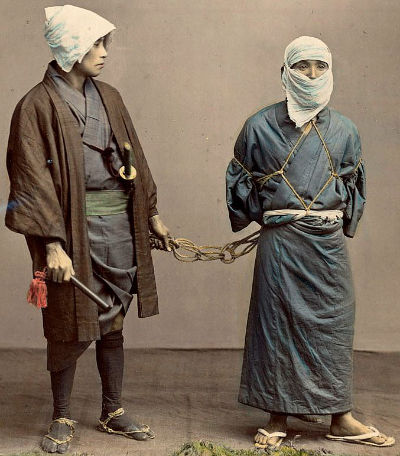
Professional Sumo (Ozumo) 大相撲 - 1684
A regulated, professional form of Sumo with consistent rules and a more sporting outlook developed from 1684 onwards, starting at the Tomioka Hachima Shrine.
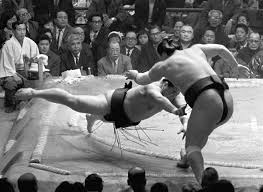
Kentojutsu 拳闘術 - 1896
Kentojutsu incorporates a lot of western boxing methods, or uses western boxing rules for competition. This art, although western in origin, has a long history in Japan, starting with Master Saito Toranosuke in 1896.
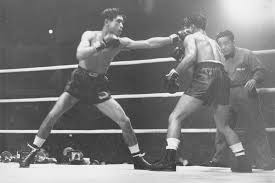
Bartitsu - 1898
Barton Wright created the "Englishman's Martial Art" - in the story used by Sherlock Holmes - by combining together Shinden-Fudo Ryu Kempo with Judo, Savate and Pierre Vigny's La Canne.
Keiiken 形意拳 - 1911
Keiiken is the Japanese name of the Kempo introduced to Japan in 1911 by Master Kaku Onko. It is characterised by fluid, powerful striking combined with constantly changing strategy. Our own Mishima Kempo draws heavily on Keiiken, and our chief instructor Damon Smith has a direct lineage from Master Kaku.
Japanese Karate 日本の空手 - 1922
Karate is technically a type of Kempo because it has Chinese origins (via Okinawa). Karate has also influenced the development of many of the modern Kempo arts. Karate was introduced to Japan from Okinawa by Master Gichin Funakoshi in 1922.
Nippon Kempo 日本拳法 - 1932
Nippon Kempo means Japanese Kempo - it can refer to any kind of Kempo from Japan, but in modern times it is normally used to refer to the popular style of sporting Kempo founded by Master Sawayama Muneomi.
Kosho-Shorei Ryu Kenpo 古松昭霊流拳法 - 1936
Master James Mitose introduced Kosho-Shorei Ryu Kenpo to Hawaii in 1936. This was the origin of Hawaiian Kempo.
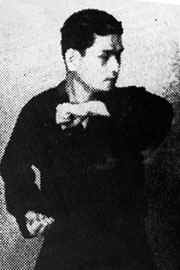
Taikiken 太気拳 - 1947
Taikiken was introduced to Japan by Master Sawai Kenichi in 1947. For historical reasons it has similarities with Keiiken, though it makes much less use of weapons than Keiiken. Master Sawai was a good friend of Master Mas Oyama the founder of Kyokushinkai Karate and the two arts influenced each other.
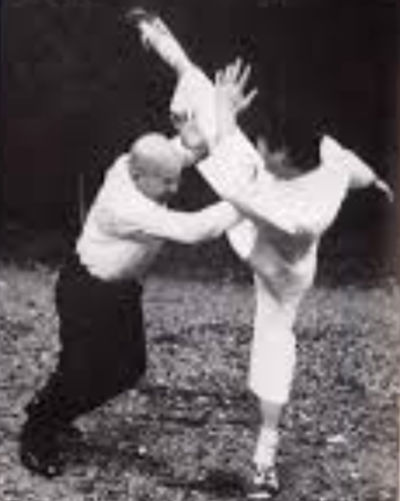
Shorinji Kempo 少林寺拳法 - 1947
Shorinji Kempo is a style of Kempo founded by Master Nakano Michiomi. It means "Shaolin Temple Kempo", referring to the fact that Master Nakano claimed descent from the Shaolin Temple in China (this is probably not true, but he was a really good fighter, so no one argued with him until after he died).

Shin Kakutojutsu 新格闘術 - 1962
Shin Kakutojutsu means "New Fighting Art". This style has a lot of influence from Muay Thai as early practitioners were involved in inter-nation competitons between Japan and Thailand from 1962 onwards, and the sporting rules are similar to those of Muay Thai.
Rakutenkai 楽天会 - 1965
Rakutenkai were a group of senior Karate practitioners who were dissatisfied with the state of Japanese Karate, seeking an approach more rooted in spirituality and art. Several masters subsequently left the group to create their own systems based on the research and development work that had been done in Rakutenkai.
Yoseikan Budo 養正館武道 - c. 1970
The highly eclectic martial arts system of Master Mochizuki Minoru, which was a combination of the many martial arts he studied. Yoseikan Budo has origins in the 1930s and was taught as a separate style from the 1970s onwards. Master Mochizuki held high ranking black belts in around ten different Japanese martial arts and also studied some non-Japanese arts.
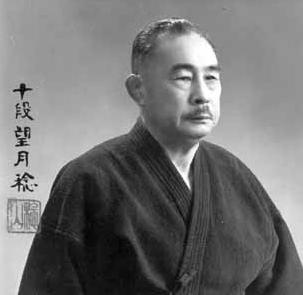
Kudo 空道 - 1981
Kudo is a full contact fighting art created by Master Azuma Takashi in 1981. A special type of protective gear similar to a cut-down set of Kempo Bogu armour was developed specifically for use in Kudo.
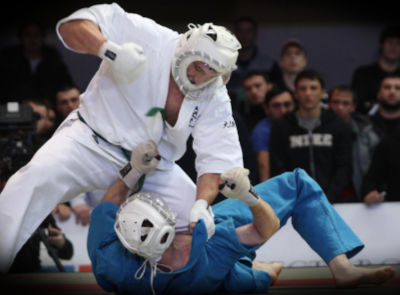
Aikikempo 合氣拳法 - 1984
Aikikempo was created by Master Hashida Keiichiro and Master Suzumu Fushida in 1984. Despite the name, it has a heavy influence from Japanese Karate, but like other types of Kempo, it makes more extensive use of throws and control techniques.
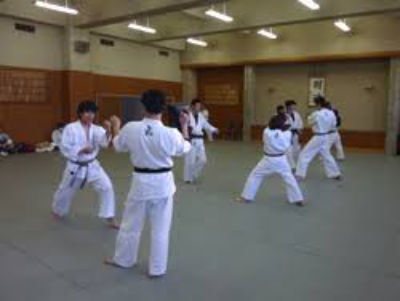
Byakuren Kaikan 白蓮会館 - 1985
The "White Lotus Association" was founded by Sugihara Masayasu in 1958, and updated version of Shorinji Kempo.
Shoot Boxing シュートボクシング - 1985
Shoot Boxing is a modern, sporting art created by Master Murata Tomofumi in 1985. Our own Mishima Kempo uses a variation on Shoot Boxing rules for one of its four sparring systems.

Shooto 修斗 - 1985
Shooto is a modern combat sport created by Master Sayama Satoru in 1985. Before founding Shooto, Master Sayama was a professional wrestler, and was known as "Tiger Mask" in his younger years.
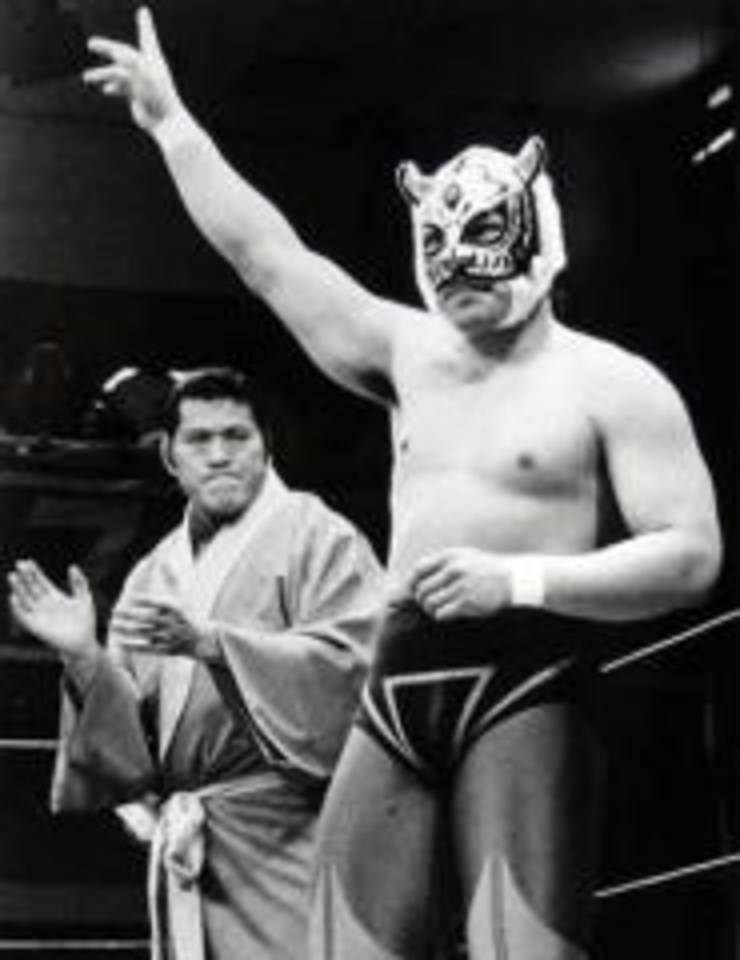
K-1 - 1991
K-1 is a commercial martial arts competition framework, and associated promotional brand created by Master Ishii Kazuyoshi in 1991.
Mishima Kempo 三島拳法 - 1994
This is the name we use for the multi-style Kempo we practice at mishimakempo.com. It is named after the Mishima Shrine near Nara where it was founded in 1994. Actually, Mishima Kempo isn't an individual art, but rather a low-level framework in which several different types of Kempo are applied seamlessly.
